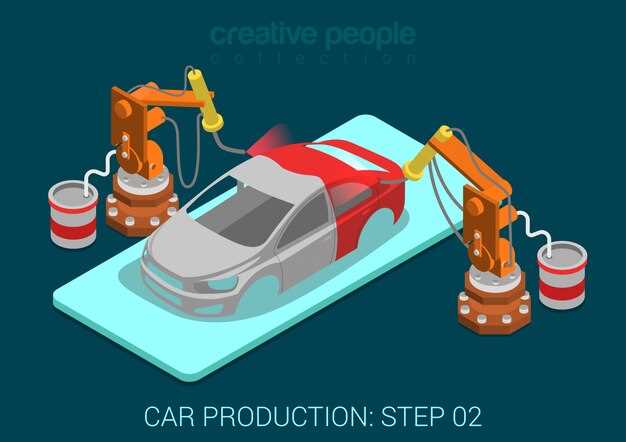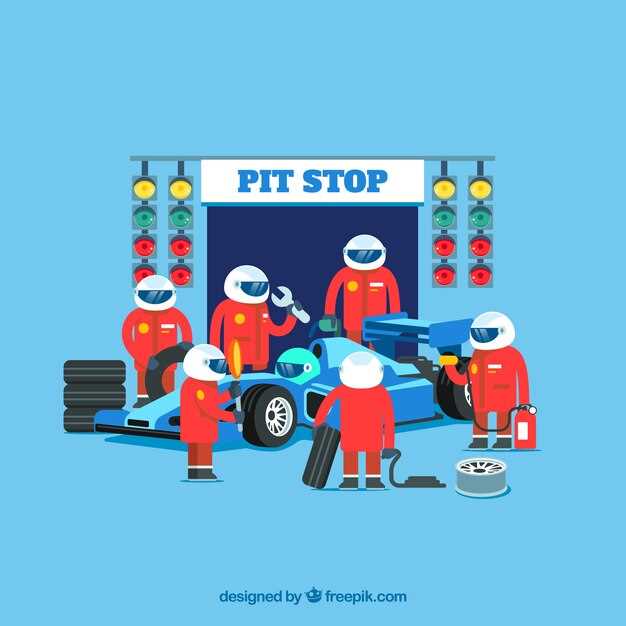
For car enthusiasts and racing aficionados, the dream of building a track car from scratch is both exhilarating and daunting. This comprehensive guide aims to demystify the process, breaking it down into clear, manageable steps that cater to both beginners and experienced builders alike. From selecting the right base car to fine-tuning the performance components, each section will equip you with the knowledge needed to create a vehicle that excels on the track.
Building a track car is not just about speed; it involves a deep understanding of engineering, mechanics, and aerodynamics. Throughout this guide, we will discuss the essential elements required for a successful build. Topics will range from choosing the appropriate chassis and drivetrain to optimizing suspension and handling characteristics. Each decision contributes to the ultimate goal: a high-performance machine that meets your racing aspirations.
Moreover, we will emphasize safety considerations, budget management, and the importance of thorough research. The path to constructing your ideal track car is filled with challenges, but with careful planning and execution, the rewards are immensely satisfying. Prepare to dive into the world of motorsport engineering, where your vision can come to life through hard work and dedication.
Selecting the Right Base Vehicle for Your Track Car Needs

Choosing the right base vehicle is crucial for building a successful track car. The foundation of your project will determine the overall performance, handling, and potential for modifications. Here are key factors to consider when selecting your track car’s base vehicle.
1. Purpose and Racing Class: Understand the type of racing you intend to participate in. Different classes or events have specific requirements regarding weight, engine size, and modifications. Ensure the vehicle you choose aligns with these regulations.
2. Weight-to-Power Ratio: A lightweight car with sufficient horsepower offers better acceleration and handling capabilities. Research vehicles known for their favorable weight-to-power ratios, which often belong to sports car segments.
3. Chassis Strength and Design: The chassis must be robust enough to handle the stresses of track driving. Look for models with a solid chassis structure, preferably built for performance, like those from established sports brands. Coupes and hatchbacks can often provide a good balance of rigidity and weight.
4. Suspension and Handling: Vehicles with a well-designed suspension system will significantly enhance handling characteristics on the track. Models with adjustable suspension or aftermarket support are ideal, as they allow for personal tuning to match your driving style.
5. Engine and Drivetrain: Consider the type of engine and drivetrain layout. Rear-wheel drive (RWD) or all-wheel drive (AWD) setups often provide better handling dynamics. Evaluate engine availability and aftermarket support for tuning and upgrades, ensuring that you can achieve the desired performance enhancements.
6. Cost and Availability: Your budget will play a significant role in your selection. Look for vehicles that are readily available and within your financial means. Don’t forget to factor in potential modification costs, insurance, and maintenance.
7. Community and Support: A strong community around your chosen vehicle can offer valuable resources, advice, and camaraderie. Look for vehicles with active forums, clubs, and parts availability, as this will make your project more enjoyable and manageable.
By carefully considering these factors, you can select the right base vehicle that will meet your track car needs and support your long-term goals on the track.
Key Modifications for Enhancing Performance and Safety

When building a track car from scratch, several modifications are critical for improving both performance and safety. These enhancements not only increase the vehicle’s capabilities on the track but also ensure that the driver remains protected during high-speed maneuvers.
1. Suspension Upgrade: Upgrading the suspension system is crucial for better handling and stability. Consider installing adjustable coilovers or performance shocks that allow you to fine-tune ride height and stiffness. Stiffer anti-roll bars can also minimize body roll, providing more responsive cornering.
2. Brake System Improvement: An upgraded brake system is essential for safely handling increased speeds. High-performance brake pads and rotors increase stopping power and reduce fade during intense driving. Additionally, consider installing a larger brake caliper for enhanced clamping force and better heat dissipation.
3. Weight Reduction: Reducing the car’s weight will enhance acceleration, braking, and cornering. This can be achieved by removing unnecessary interior components, using lightweight materials for body panels, or replacing heavy components with lighter alternatives (e.g., carbon fiber parts).
4. Performance Tires: Choosing the right tires is vital for achieving optimal grip. Invest in high-performance tires specifically designed for track use. These tires provide better traction and stability during fast turns, allowing for improved lap times.
5. Engine Tuning: Tuning the engine can significantly boost performance. Consider ECU remapping or adding a performance chip to optimize fuel delivery and ignition timing. Upgrading to a high-flow intake and exhaust system can enhance airflow, increasing horsepower and torque.
6. Safety Harness and Roll Cage: Safety modifications are non-negotiable. Installing a multi-point harness keeps the driver securely in place during aggressive driving. A well-designed roll cage reinforces the structure of the vehicle, providing crucial protection in the event of a rollover or collision.
7. Fire Suppression System: Including a fire suppression system in your track car enhances safety in case of an engine fire. This system can be activated quickly and is designed to extinguish flames before they spread, giving the driver a higher chance of escape.
8. Upgraded Fuel System: Enhancing the fuel system ensures that the engine receives an adequate supply of fuel, especially under high-performance conditions. Consider adding a high-flow fuel pump and larger injectors to support increased horsepower demands.
Implementing these modifications will not only improve your track car’s performance but also ensure a higher level of safety during racing sessions. Thorough testing and validation of each modification are advised to maximize their effectiveness on the track.
